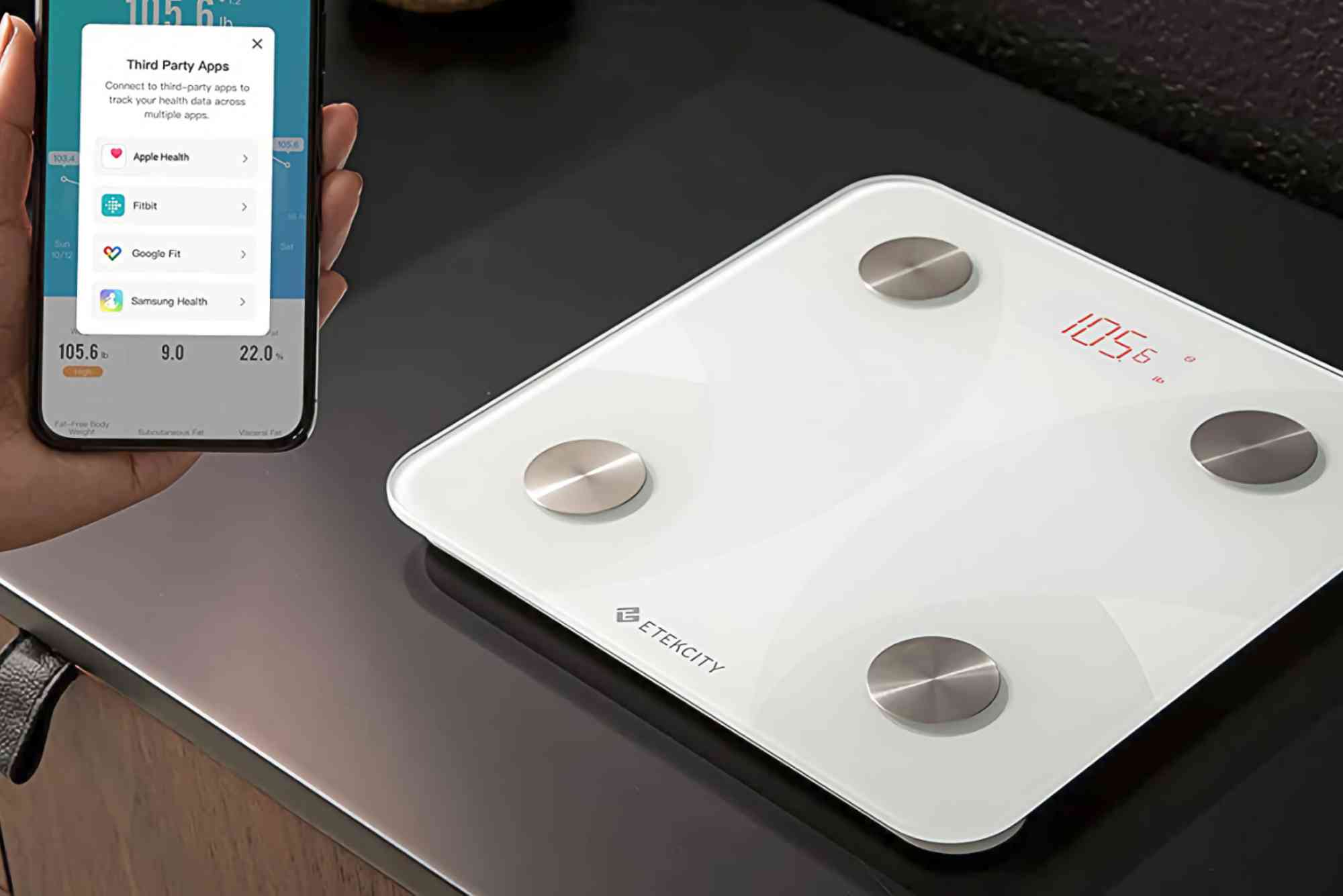Introduction
The demand for smart health devices continues to rise, especially as users seek to track fitness effortlessly. One common question is whether the Xiaomi Mi Smart Scale 2 works with Samsung Health. If you’re trying to integrate these tools into your wellness routine, this guide is for you.
In this comprehensive article, we explore how the Xiaomi Mi Smart Scale 2 Samsung Health integration works, its limitations, and how to get the most out of both platforms. Whether you’re starting your fitness journey or just upgrading your tech, this post has you covered.
Understanding Xiaomi Mi Smart Scale 2
What is the Mi Smart Scale 2?
The Xiaomi Mi Smart Scale 2 is a sleek, budget-friendly smart scale. It offers features such as body weight measurement, BMI calculation, and Bluetooth syncing. It pairs with the Mi Fit or Zepp Life app to provide insights into your weight trends over time.
Key Features
- High precision weight sensor
- Bluetooth 5.0 for faster syncing
- Minimalist design with a clear LED display
- Compatible with Android and iOS
- Supports up to 16 user profiles
Why It’s Popular
The Mi Smart Scale 2 offers excellent value for its price. It combines simplicity with smart features that appeal to casual users and fitness enthusiasts alike.
Understanding Samsung Health
What is Samsung Health?
Samsung Health is a powerful health tracking app developed by Samsung. It helps users monitor daily steps, sleep, heart rate, water intake, and weight. It’s designed to sync with Samsung wearables and various third-party devices.
Strengths of Samsung Health
- Clean, user-friendly interface
- Broad compatibility with Samsung and third-party devices
- Deep integration with Galaxy smartphones and wearables
- Tracks a wide variety of health metrics
Xiaomi Mi Smart Scale 2 Samsung Health Compatibility
Is It Directly Compatible?
This is the critical question. Xiaomi Mi Smart Scale 2 does not natively connect to Samsung Health. There is no built-in support that allows direct syncing between the two platforms. Xiaomi’s native apps (Mi Fit/Zepp Life) do not offer an option to export weight data directly to Samsung Health.
Why the Disconnect?
Both Xiaomi and Samsung operate within their own ecosystems. Xiaomi’s Zepp Life is designed to sync with its ecosystem (Mi Band, Mi Scales), while Samsung Health prioritizes Galaxy devices and Samsung-approved partners.
Workarounds and Third-Party Solutions
Using Google Fit as a Bridge
One common workaround involves using Google Fit to bridge the gap:
- Sync your Xiaomi Mi Smart Scale 2 with Zepp Life.
- Enable syncing between Zepp Life and Google Fit.
- Sync Google Fit with Samsung Health.
While this process is not seamless, it allows for partial data transfer. Note, however, that not all metrics may sync accurately.
Using Health Sync App
Another method involves using a third-party app like Health Sync:
- Install Health Sync from the Play Store.
- Connect Zepp Life to Google Fit.
- Use Health Sync to sync data from Google Fit to Samsung Health.
Health Sync supports one-way data transfer and may require a small fee after a trial period. Users report that it offers more consistent syncing than Google Fit alone.
Limitations to Be Aware Of
- Some data fields (like body fat or muscle mass) may not transfer.
- There can be syncing delays or occasional mismatches.
- Health Sync may not be available in all regions.
Tips for Better Integration
Ensure Consistent Syncing
To ensure your data moves smoothly from your scale to Samsung Health:
- Keep all apps updated.
- Sync your scale immediately after weighing.
- Manually open Google Fit before syncing to speed up the process.
Use a Unified Health Ecosystem
If seamless syncing is a priority, consider committing to one ecosystem. For example:
- Use a Galaxy Watch and Samsung Health with a Samsung-compatible scale.
- Stick to Xiaomi devices and use Zepp Life exclusively.
Mixing ecosystems can work, but may require additional apps and troubleshooting.
Pros and Cons of This Compatibility Setup
Pros
- Xiaomi Mi Smart Scale 2 is affordable and reliable.
- Workarounds exist to allow basic integration.
- Google Fit and Health Sync offer flexible data management.
Cons
- No native support between Mi Scale 2 and Samsung Health.
- Third-party apps may have bugs or fees.
- Incomplete syncing of advanced metrics.
Should You Use Mi Scale 2 with Samsung Health?
The Xiaomi Mi Smart Scale 2 Samsung Health compatibility isn’t perfect. There’s no direct integration, but with third-party apps like Health Sync or Google Fit, you can bridge the gap.
If you’re a budget-conscious user looking for a reliable scale, the Mi Smart Scale 2 is a great option. However, for hassle-free syncing, investing in a Samsung-compatible scale may be more efficient.
Ready to Track Smarter?
Explore your options and decide what matters most: budget, compatibility, or features. Whether you go with workarounds or switch devices, take charge of your health today.
Frequently Asked Questions (FAQs)
Can Xiaomi Mi Smart Scale 2 connect to Samsung Health directly?
No, it does not support direct syncing. You must use a third-party app like Google Fit or Health Sync.
What apps are compatible with Xiaomi Mi Smart Scale 2?
Primarily Zepp Life (formerly Mi Fit), which can sync to Google Fit. Some users also use Apple Health or other fitness apps through bridges.
Is Health Sync safe to use?
Yes, it is widely used and available on the Play Store. It uses Android permissions and doesn’t store your health data externally.
Does Health Sync cost money?
It offers a free trial, after which you may need to pay a one-time fee or subscription depending on the features.
Why doesn’t Samsung Health support Mi Smart Scale 2?
Samsung prefers to optimize for its own ecosystem. Xiaomi’s scale isn’t part of its certified partners list.
Will this workaround transfer body fat and other advanced data?
Usually only weight and BMI sync correctly. Advanced metrics like visceral fat or bone mass often don’t transfer.





